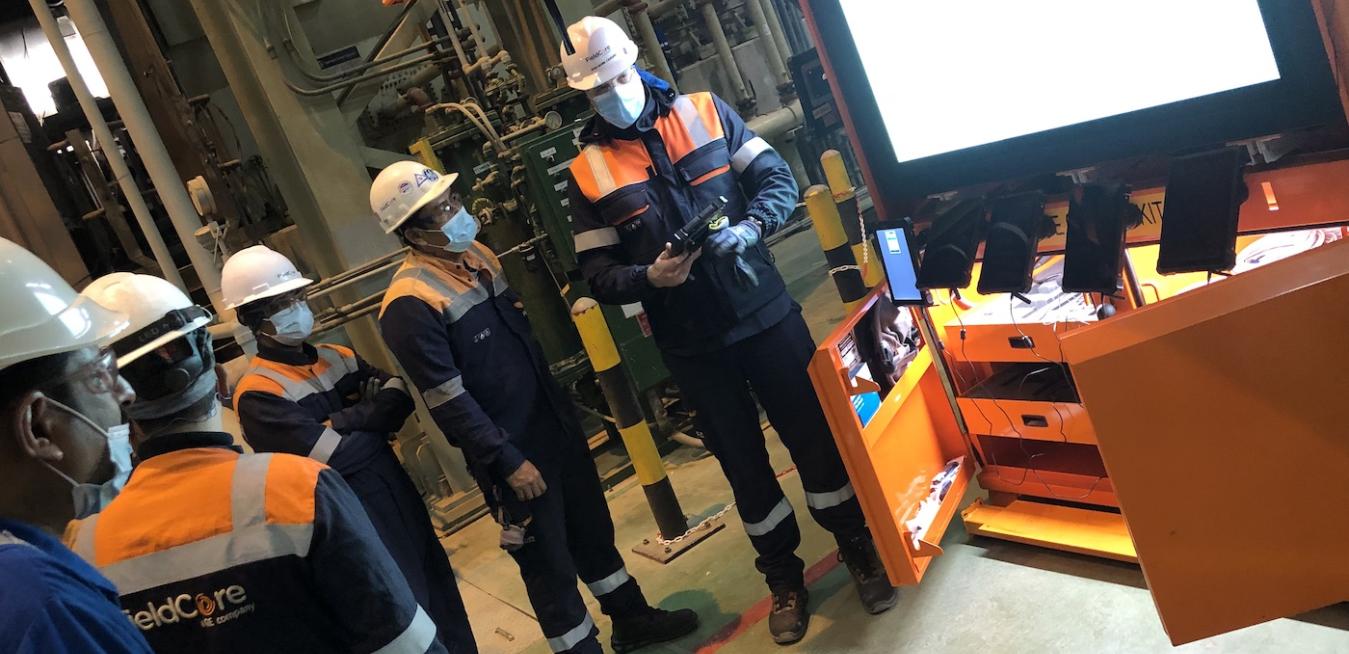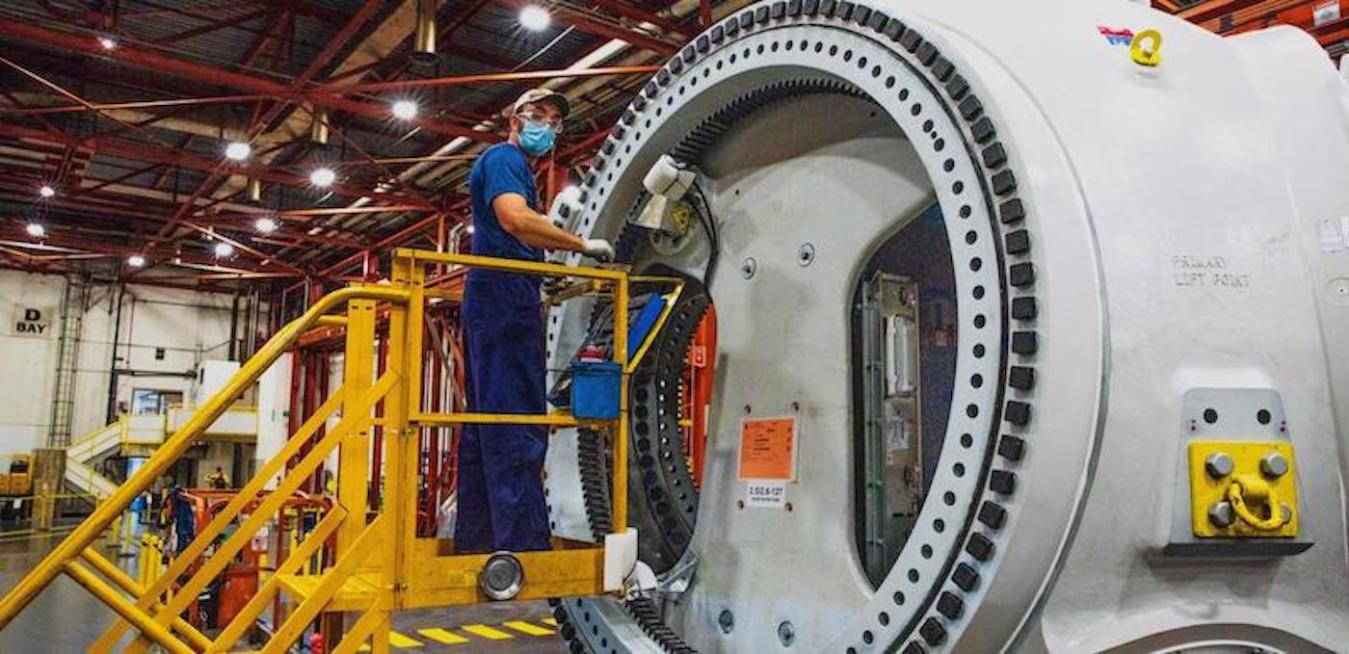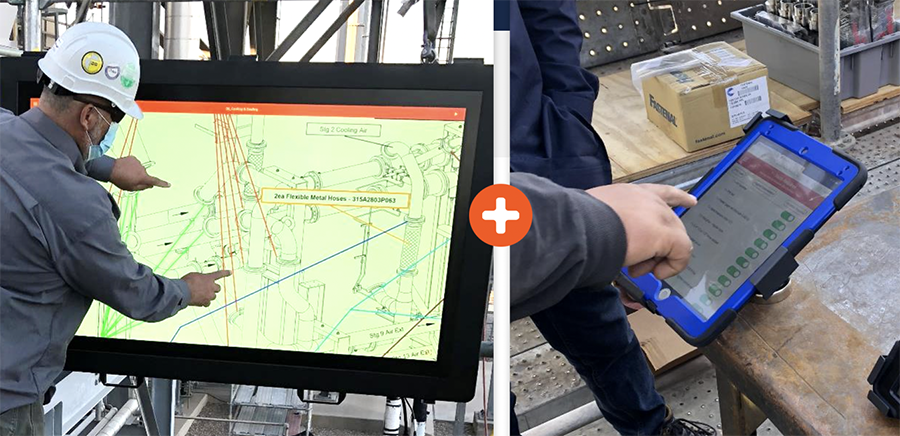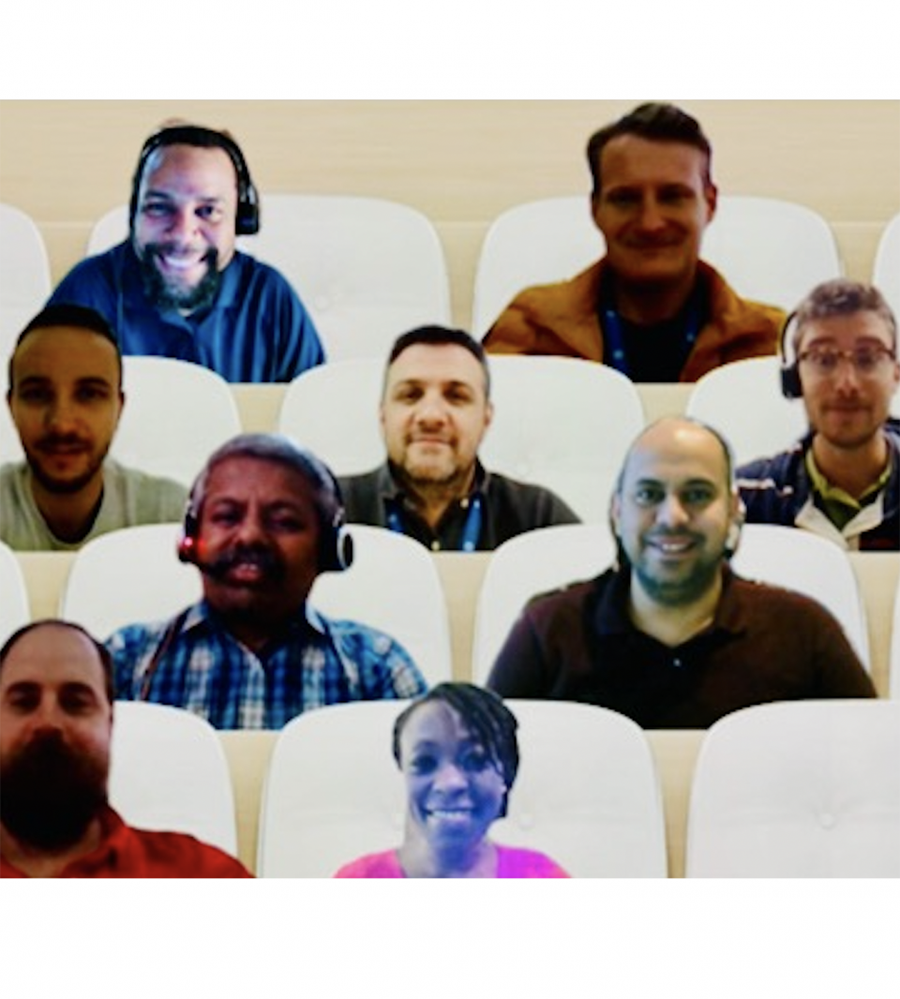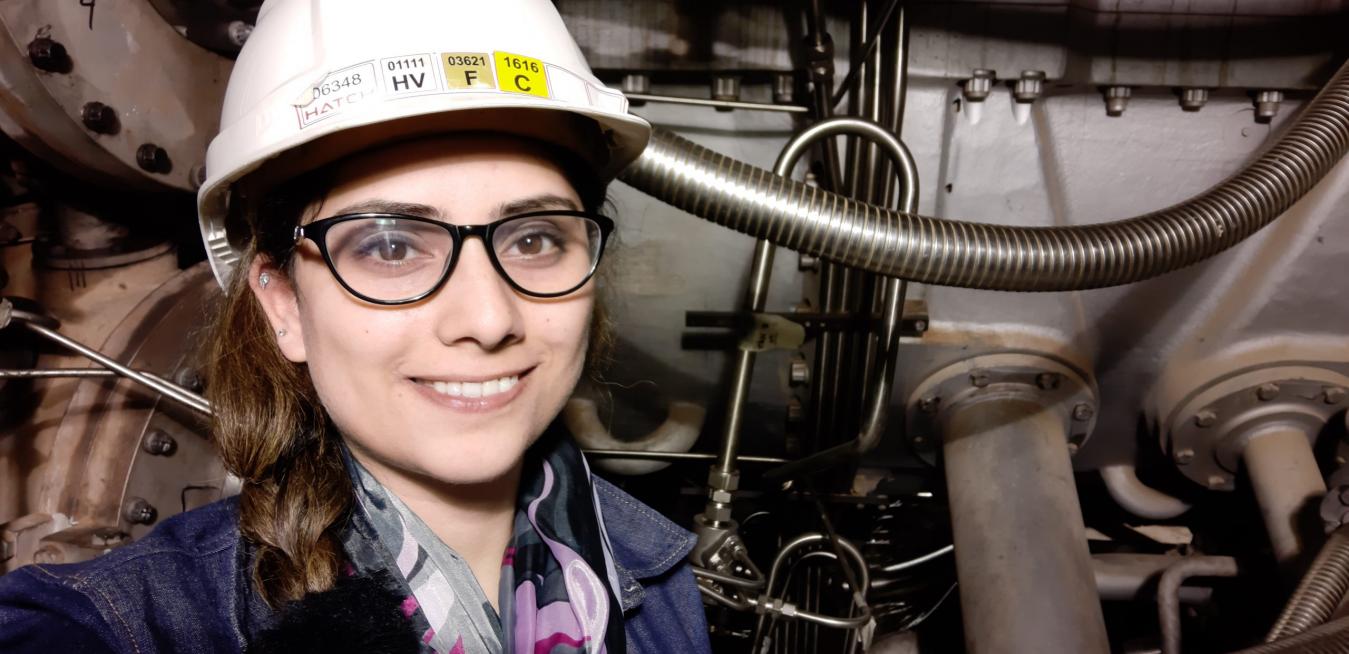There are about 7,000 GE gas turbines distributed throughout the world. Each one needs regular maintenance — a few weeks every several years in which a power plant is taken offline for service, repairs, and potential upgrades. This involves a great deal of planning to prepare for the outage. It’s meticulous in nature, due to the complexity of the technology and the environment. All this work requires an encyclopedic amount of documentation to support the activities, including technical specs, equipment lists, safety protocols, diagrams, data sheets, and quality control forms.
In the 1970s, a team of researchers from the Massachusetts Institute of Technology traveled to Japan to figure out why that country’s automakers were delivering cars faster than their competitors in Detroit. Their search led them to Toyota and its Toyota Production System — a set of management principles focused on boosting safety, quality and efficiency, reducing waste and creating more value with fewer resources.
Categories
The 1980s are back in fashion, according to Harper’s Bazaar, but in some corners of industry, they never left. “Nobody’s wearing big hair and shoulder pads, but it’s all very pencil and paper,” says Jeremiah Smedra, an operations director at FieldCore, GE’s field services company. Smedra is talking about maintenance workers trudging into power plants with thick binders filled with drawings and instructions to make sure outages are performed according to plan.
Ezra Laurent is a mechanical engineer, but he likes to think like a sports coach. “I’m always asking questions,” he says. “What can we do better? How can we change things? Who are our best performers? What can we do differently?” But Laurent isn’t seeking to get an edge from elite athletes. He and his team are working to get the very best out of another group of powerful performers: a fleet of GE’s gas turbines that generate electricity for people around the world.
